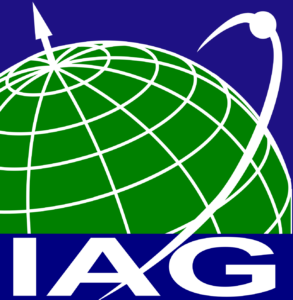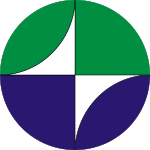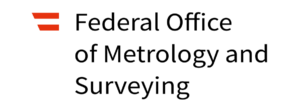JWG M.5: Acoustic Delay Corrections for Submarine Geodesy
Chair: Shuqiang Xue (China)
Affiliations: Commission 4, IERS
Terms of Reference
The Global Navigation Satellite System-Acoustic (GNSS-A) technique has provided key observations for submarine geodetic positioning and has become the most potential tool for seafloor geodetic network establishment to extend the terrestrial network into the ocean. Nowadays, low-cost GNSS-A systems based on unmanned platforms are revolutionizing the traditional, costly technique based on the survey ship conducting seafloor geodetic observation and in-field sound speed measurement. This offers the possibility of achieving large-scale and even global, nearly real-time seafloor geodetic applications to shorten the gap between terrestrial geodesy and submarine geodesy. However, GNSS-A measurements encounter challenges in achieving precise ranging due to spatio-temporal variations of sound speed. It is feasible to obtain the soundspeed profile (SSP) in the field to achieve centimeter-level precision of seafloor geodetic positioning, but the process remains costly and restricts the application of unmanned systems due to their limitations in equipping the SSP profiler. Drawing on GNSS atmospheric delay estimation, efforts focusing on sound speed variation effects and mitigating these effects have been devoted to improving positioning precision. The acoustic delay relative to the reference SSP has been investigated in the past, and GNSS-A acoustic observation models appended with acoustic delay parameters have been developed. Facilitated by Marine Environment Monitoring Services (MEMS), the marine environment datasets (MEDs), such as the monthly or daily ocean temperature and salinity profiles, are available for public access, e.g., the World Ocean Atlas (WOA) datasets from the National Centers for Environmental Information (NCEI), the datasets released by the Met Office Hadley Centre, and the datasets released by Mercator Ocean International. With the improvement of spatio-temporal resolution of MEDs, datasets offer a new way to conduct precise seafloor geodetic positioning in the absence of in-filed SSP. Nevertheless, most of the current studies are to correct the time observations based on the reference SSP, which results in a theoretical gap between well-developed space geodesy and developing submarine geodesy. To reduce the cost of seafloor geodetic measurement and enhance the real-time capability of GNSS-A applications, the acoustic ranging observation corrections, which are implemented by a conventionally defined sound speed and MEDs to produce a priori acoustic delay corrections, need to be further developed, just like GNSS’s tropospheric delay corrections. This is of significant importance for conducting submarine geodetic measurements without relying on in-field SSP measurements, especially utilizing unmanned platforms, as well as for future, promising real-time services of submarine geodesy.
Objectives
- To develop a ranging-based seafloor geodetic positioning theory and relevant models and algorithms compatible with the space geodetic positioning technique, e.g.,GNSS;
- To contribute to developing future geodetic products and services for remoting ocean environmental changes, refer to a well-selected public global oceanic environmental grid dataset.
Program of Activities
- Working together with ocean physicists to establish a well-defined conventional sound speed serving as a reference for developing acoustic delay products based on one or more well-selected oceanic environmental grid datasets.
- Closely collaborating with the JWG M.1 “Data and tools exchange” to establish the data formats for the acoustic delay correction products and to create models and algorithms that process the oceanic environment re-analysis or forecast product to produce correction product data, which is then used to produce the acoustic delay corrections.
- Interacting with the JWG M.1, actively taking part in GNSS-A experimental trials with correction products, and then making the experimental results available to the public and posting them online.
Members
- Shuqiang Xue (China); Chair
- James Foster (Germany)
- Erik Fredrickson (USA)
- Pierre Sakic (France)
- Surui Xie (USA)
- Cheng Yang (China); contact to Commission 4
- Shuang Zhao (China); contact to IERS



